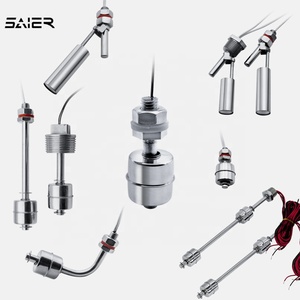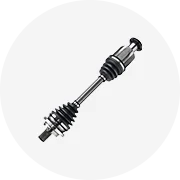
45mm Float Level Sensor 50W/220V Liquid Level Switch Stainless Steel Level Measuring Instruments Float Switch For Water Tank


Liquid Water Level Magnetic SS304 Stainle Float Switch Water Tank Level Sensor Float Ball Stainless Steel 45mm Float Switch





















A quality set of oil level sensor vw does not have to put a hole through your pocket. Wholesalers at Alibaba.com have a list of wholesale oil level sensor vw, thereby allowing you to search for products and purchase only what falls within your budget.
Automobile sensors can enhance the safety and security of your car or improve the aesthetic appeal for a more pleasant drive. These practical options can help save you from an avoidable crisis in the nick of time.
O2 sensor in car and temperature sensor for cars can alert you to red flags with the functionality of your vehicle before worse damage can happen. Without them working properly, you may find yourself experiencing stalling or slow acceleration. Ignoring it and tolerating the increasing difficult drive may lead to malfunction in other parts of the vehicle.
For your daily drive, car proximity sensors are great assistants in identifying possible troubles headed your way. For example, a good set of car blind spot sensors provide you with an additional pair of eyes while on the road and take the pressure off your back. Make sure safety takes priority with shock sensor for car and drive with an ease of mind.
Once you have got those covered, additional accessories such as ambient light for cars can make your ride more unique than others.